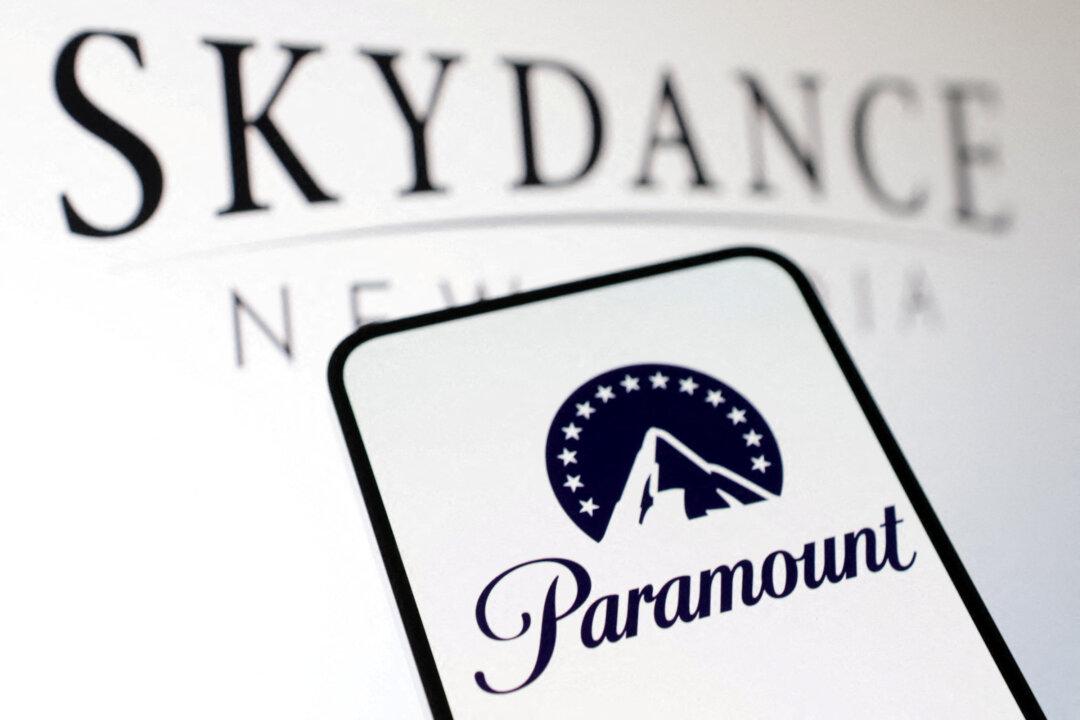The latest Federal Reserve Bank of Dallas survey confirmed that activity in the Texas manufacturing sector continued to deteriorate in December.
General business activity in the state’s manufacturing industry plummeted to negative 18.8 last month from negative 14.4 in November, according to the survey, which was released on Dec. 27, 2022. That represented the eighth consecutive contraction and the third-worst reading of 2022.





